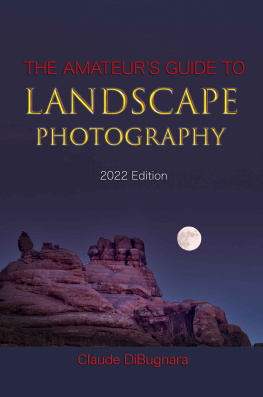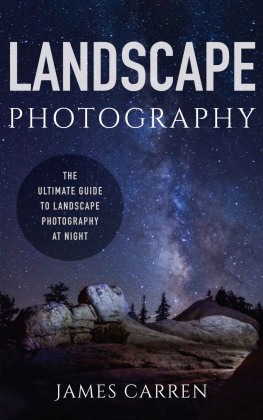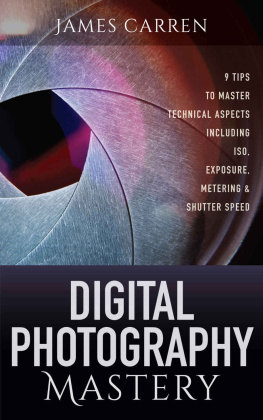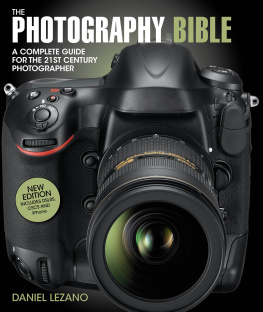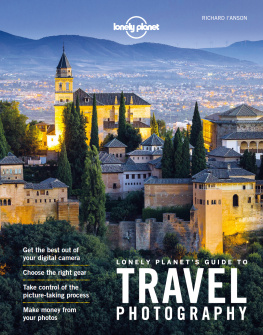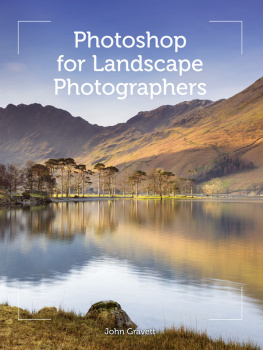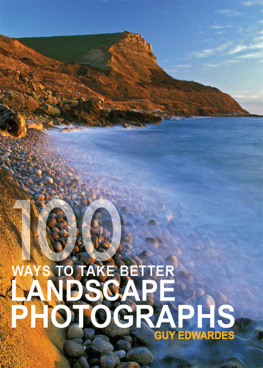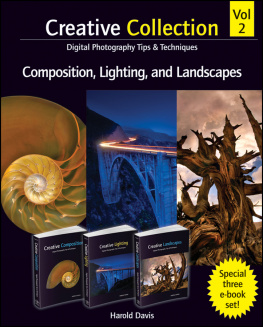There are already many books and guides on landscape photography and image-editing software so why another one? One reason is to present a new perspective, not from the full-time professional using expensive pro equipment and traveling to exotic locales, but from a fellow amateur. There is no question the experiences that professionals share are invaluable and definitely required learning for any serious amateur. However, the intent of this book is to create a different experience by changing the usual teacher-to-student paradigm to a practical-minded amateur sharing many years of real-world experiences with other fellow amateurs.
Volume-1 covers photographic equipment, accessories (including smartphone apps), and maintenance. Following that, it progresses through all the steps of generating a fine-art landscape photograph such as preplanning, composition, and shooting techniques that also include HDR capture. Volume-2 provides a variety of editing examples and tips for post-production in Camera Raw and Photoshop, including some popular plug-ins and HDR software.
All products referenced in this book are based on the authors personal use or extensive research and none are paid endorsements. Product names shown in bold, italic-red letters provide convenient tap-links to the vendors websites.
This eBook was optimized for the Kindle Fire HD when viewed in the vertical (portrait) position. It is recommended you set your Kindle to the smallest font size and line spacing that is still comfortable to read, and set the margin to the narrowest setting. This minimizes the page breakup of images from their captions and accompanying text. In some cases, images may not be large enough to observe subtle characteristics mentioned in the supporting text. In such cases, double-tap the image to enlarge it.
Chapter 1: Cameras
Choosing a Camera
It is often said that the photographer makes the picture, not the camera. Nevertheless, landscape photography was built on a tradition of stunning imagery achieved with large and medium format cameras. In keeping with that tradition, my advice is to stretch your budget to purchase a camera (and lenses) that produces the best image quality possible. Some key considerations are low noise, good dynamic range, and accurate color. I further recommend, in keeping to that goal, to buy only a full-frame camera. There are of course legitimate reasons for buying smaller APS-C cameras (cost for one) and they are still capable of producing images that will not disappoint. But in my opinion, full-frame cameras are the definite sweet spot between cost and high image quality.
To help with your search, there are many resources available that review most brands. Below, Ive listed the websites I often consult.
Digital Photography Review
DxO Mark
Photozone
Imaging Resource
How Many Pixels?
You neednt equate high image quality necessarily with pixel count. Some high-end full-frame cameras now rival medium-format cameras in resolution. But are all those pixels necessary to produce a gallery-quality print? Many feel that high-megapixel cameras are just the ticket for landscape photographers who want to produce large prints." It was never clear to me just how large large is, but regardless, there is one fundamental fact that may make it a moot point. That is that the human eyesight has finite resolving power at any given distance and, beyond that, more resolution simply isnt perceived.
Convention is when you view any print, from a 5x7 inches to a billboard, the appropriate viewing distance is no closer than the diagonal length of the print. You can demonstrate to yourself that in practice, a natural viewing distance is even a little further away. Given that premise, then youre not likely to see much, if any, improvement in resolution beyond a very-good 12-megapixel camera (or there about) no matter how large the print is.
Unfortunately, many of us love to scrutinize up close at the fine details of a print, even if it is contrary to its proper presentation. Then there are photographers (myself included) that find security in all that extra detail. Maybe someday youll make a wall mural or you need extra cropping room.
So, if your big print is 16x24 inches and instead of viewing it at 29-inches you view it closer than 12-inches (and you have excellent eyesight), you'll need a high-megapixel camera along with good optics. But thats if you want the confidence your prints can withstand scrutiny at any distance. Otherwise, if you display your work in a more practical gallery-like setting, then a camera in the over-twenty megapixel range will be adequate most times and still provide sufficient cropping margin. The main point is that while its fine to be tempted by the new ultra-high pixel cameras, just remember that dynamic range and noise (two key image-quality criteria) may suffer as a result.
Digital Single-Lens Reflex Camera
The DSLR is available in two different sensor sizes, full-frame and the smaller APS-C. The configuration uses a mirror to support an optical viewfinder as opposed to an electronic viewfinder used in mirrorless cameras. While this made the DSLR the preferred optical viewing and focusing system (especially for action photography), the current generation of electronic viewfinder systems have mostly closed the gap.
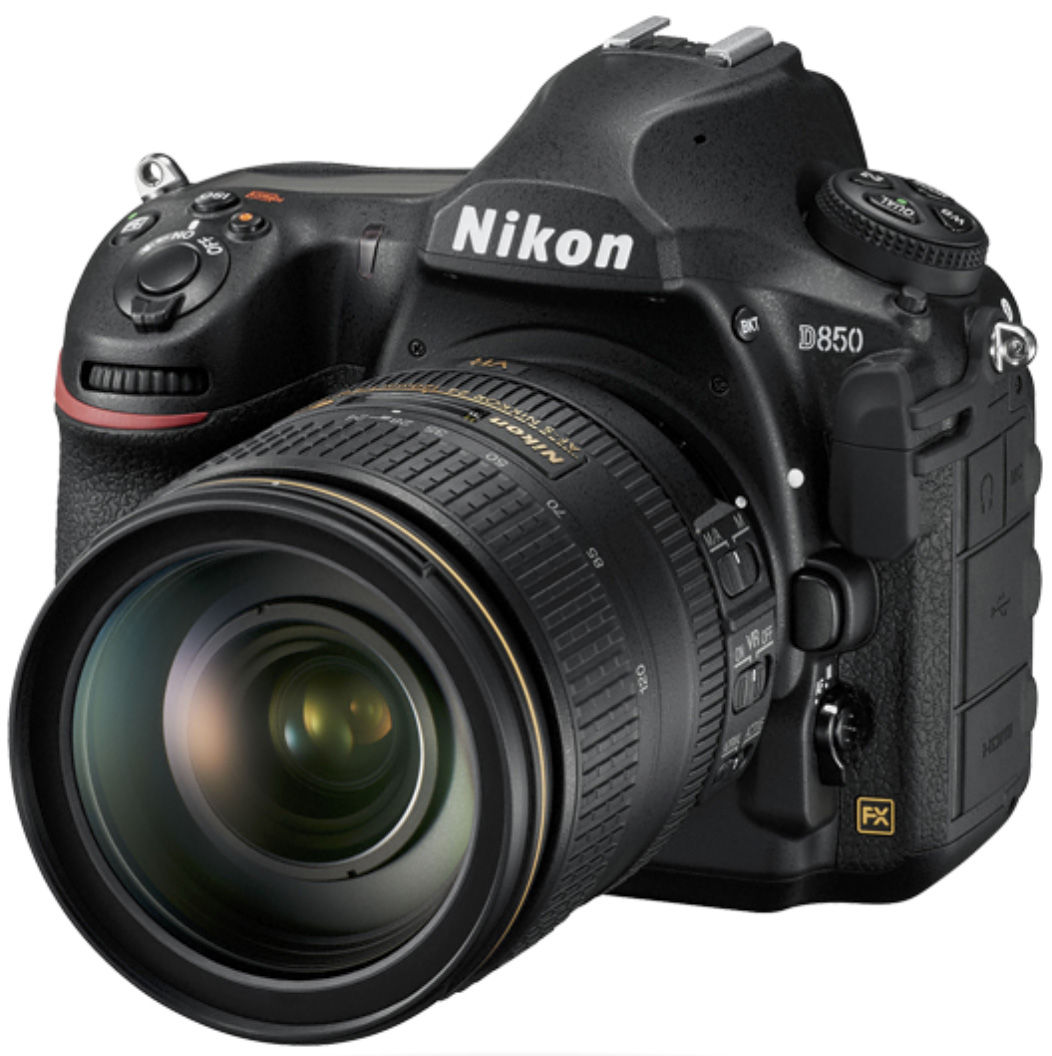
Nikon D850: This popular 45.7 megapixel full-frame camera supports WiFi, 4K video, tilting touch-sensitive LCD, GPS, and Bluetooth. Though likely to be discontinued, recent deep discounts make this an attractive option to those who want high-end quality at a budget price.
Full-Frame Sensors and APS-C
The full-frame sensor is equivalent in size to a 35mm film image. The smaller APS-C is derived from the Advance Photo System film standard introduced in 1996. Full-frame sensor cameras are usually associated with better dynamic range, lower noise, and finer image detail. They also accommodate legacy 35mm lenses without suffering the effective focal-length increase of a smaller sensor (aka crop factor).
On the other hand, APS-C cameras have their own unique advantages. They are less expensive, smaller, and lighter than full-frame cameras. Additionally, the APS-C crop factor though it reduces wide-angle coverage increases the effective focal length of a telephoto lens by over 50%, which is an advantage in wildlife photography. Nevertheless, unless there is a very specific reason to choose an APS-C camera, I strongly recommend you go with a full-frame format.
Mirrorless Camera s
RIP DSLRs?
It shouldnt be surprising that all the latest cameras from the major manufacturers are all mirrorless. I think its fairly clear that mirrorless cameras are no longer just an optional choice to DSLRs, but soon to be the only choice. One example is the numerous Canon EF lenses (their DSLR mount) that are being discontinued while all their new lenses are for their mirrorless cameras. Simply put, the handwriting is on the wall. If youre in the market for a new camera, you best future-proof your purchase by considering only mirrorless cameras.

